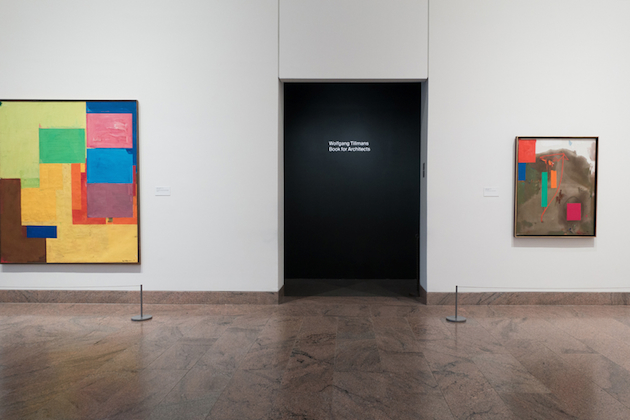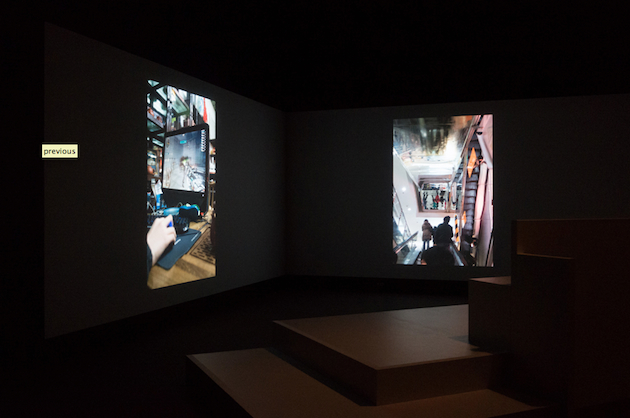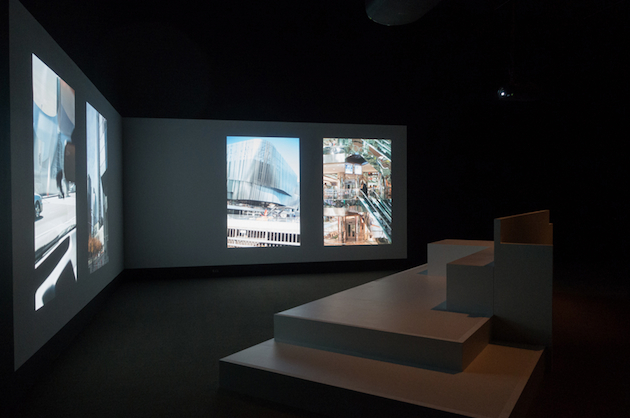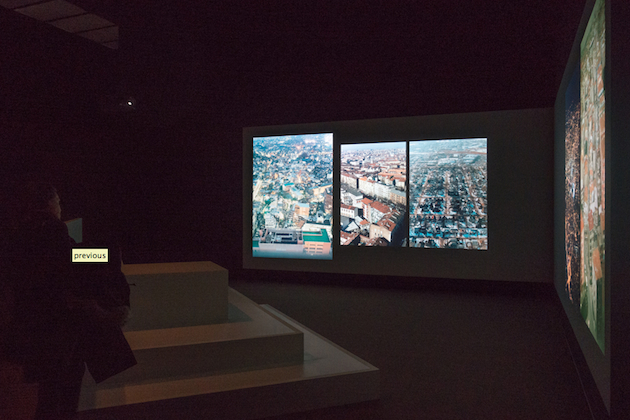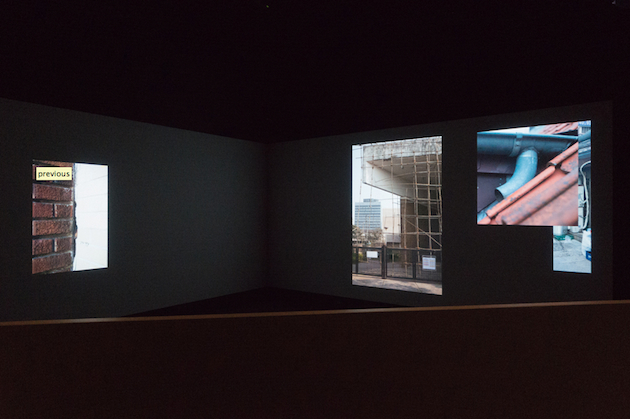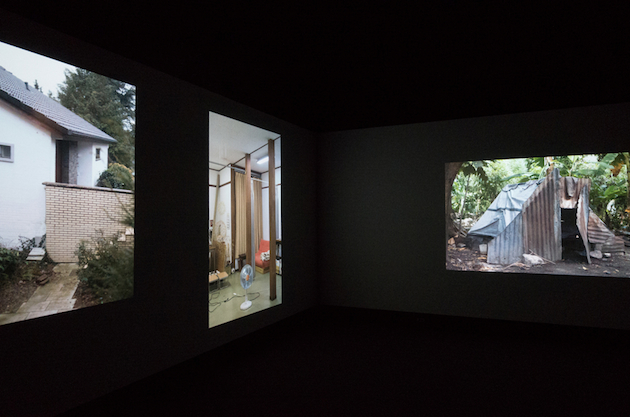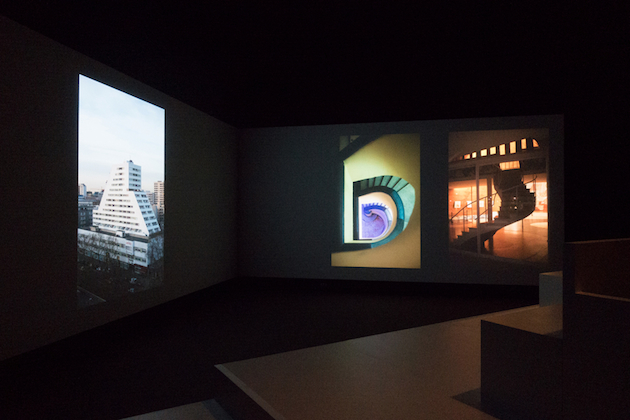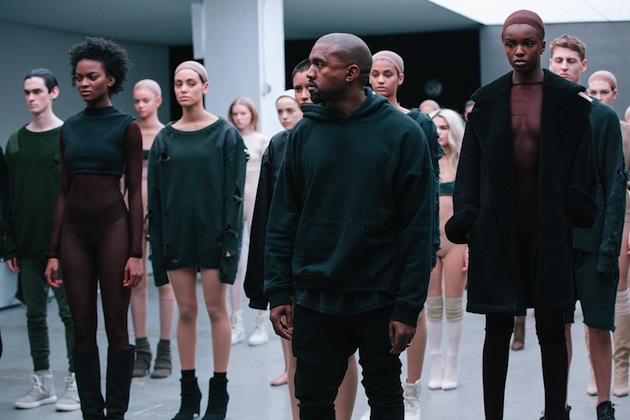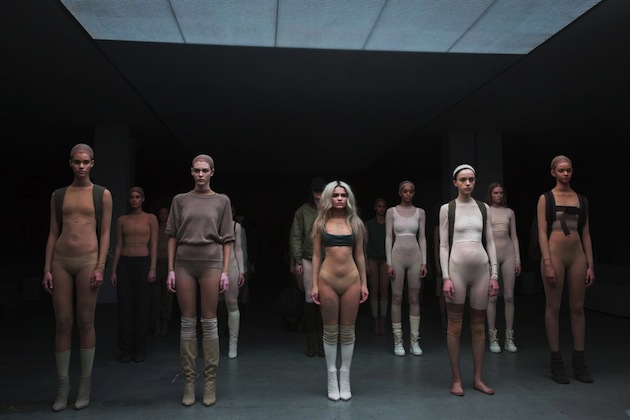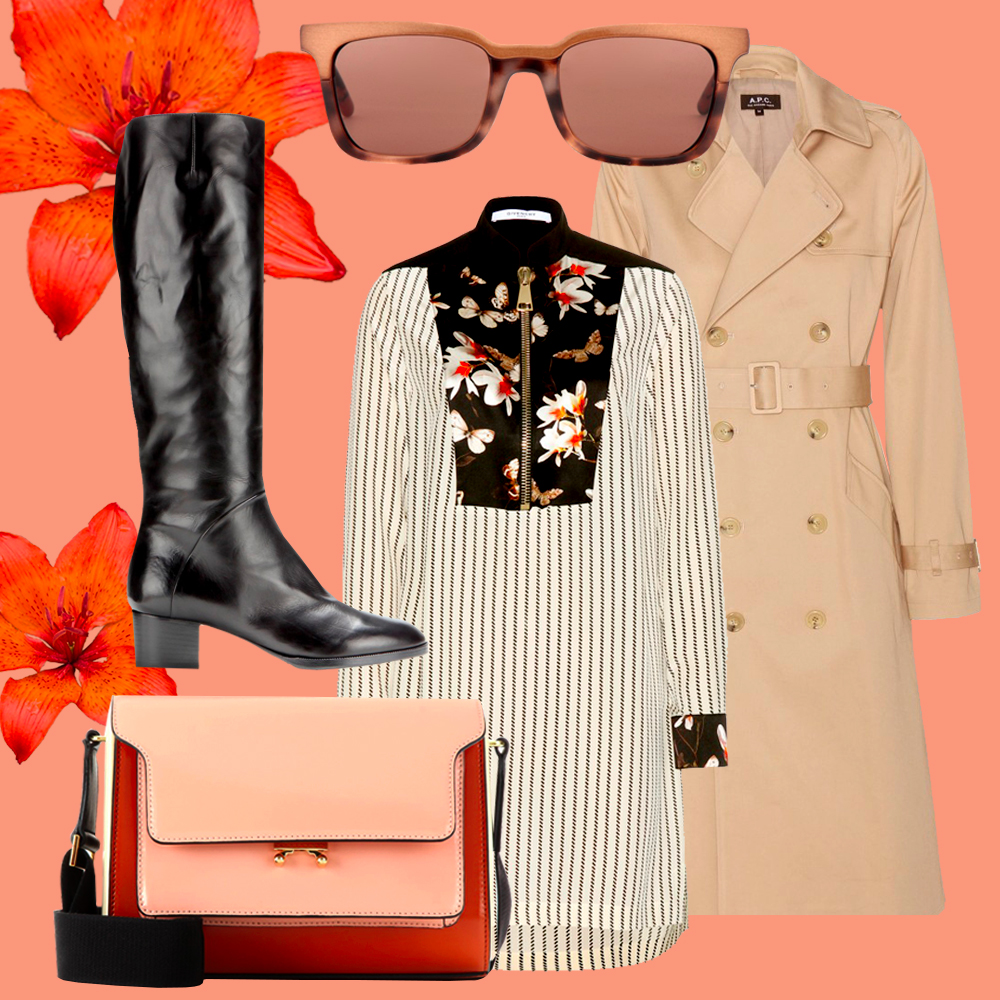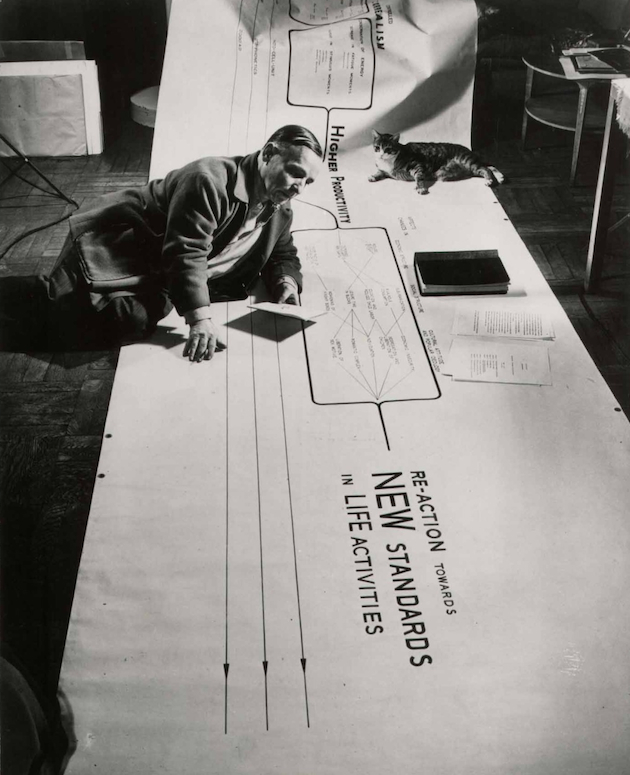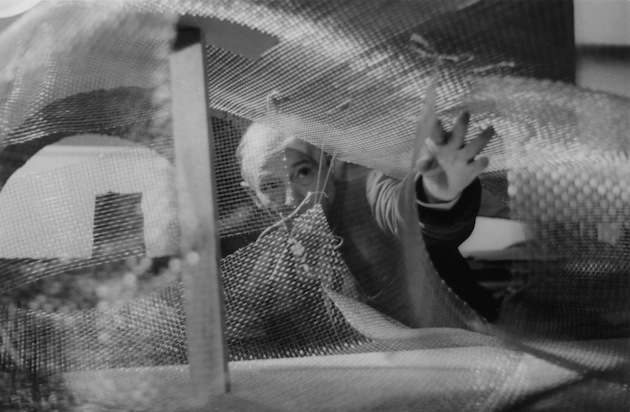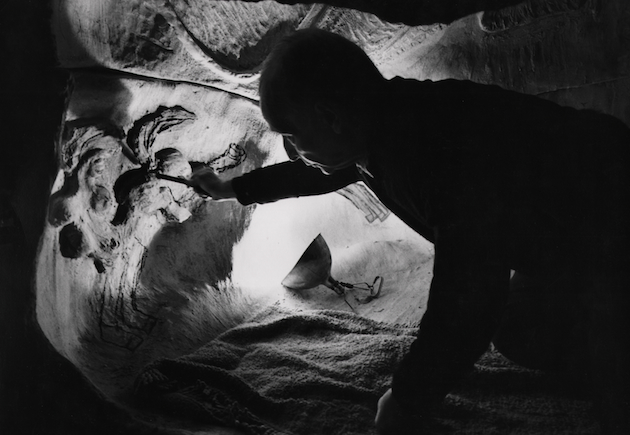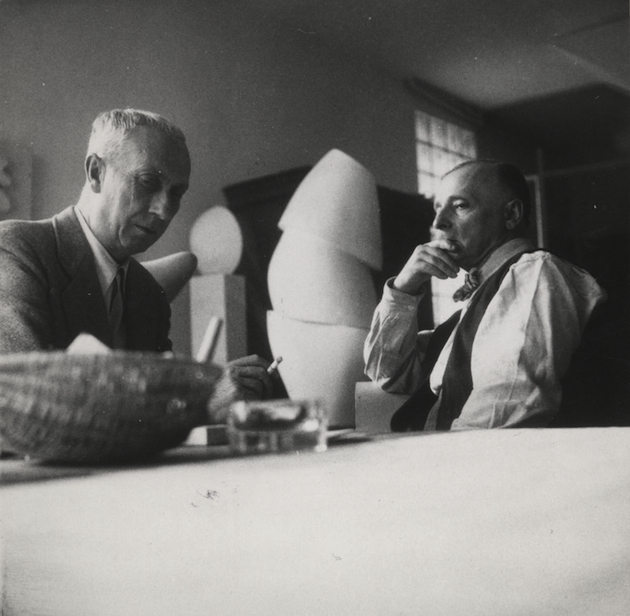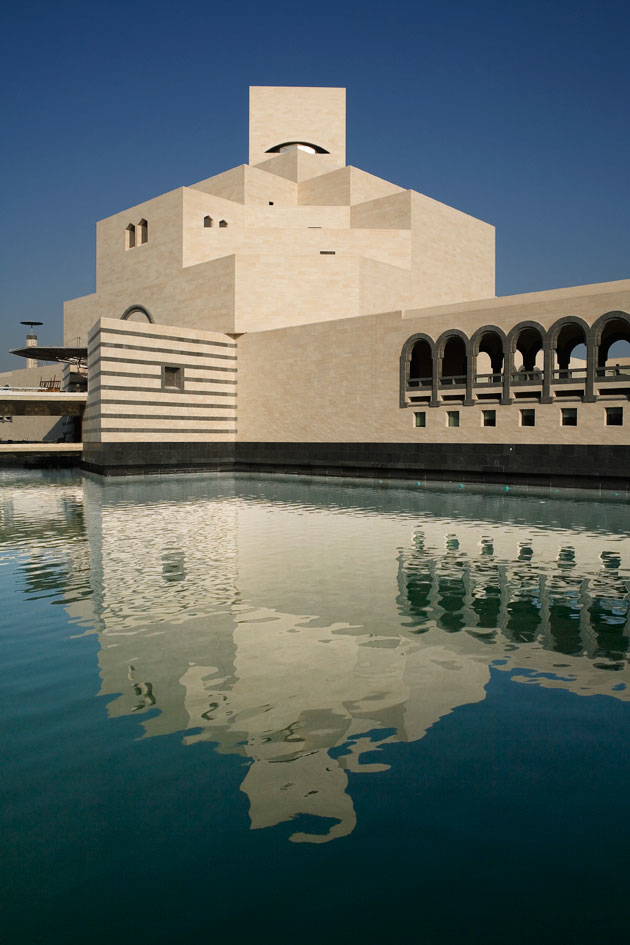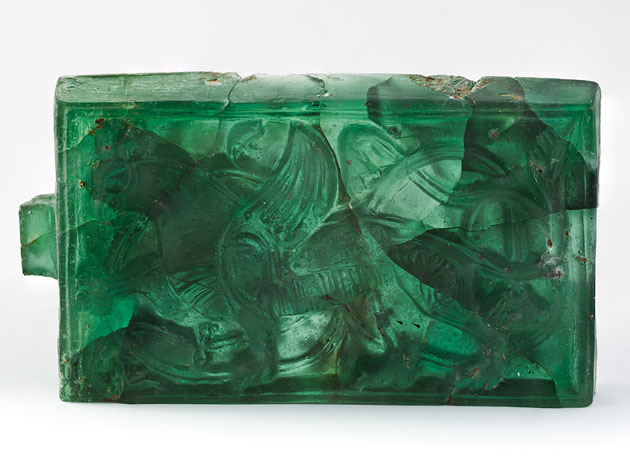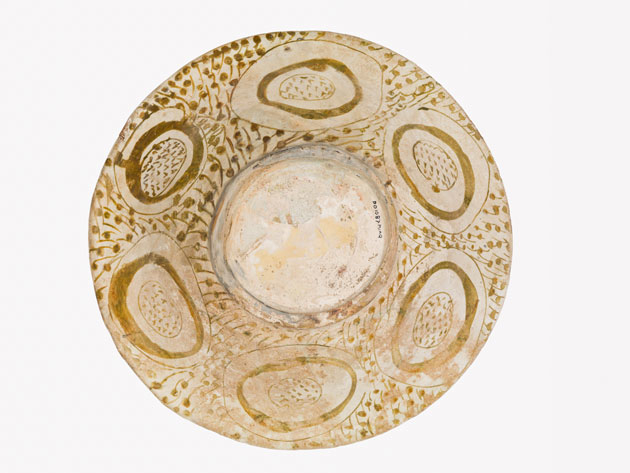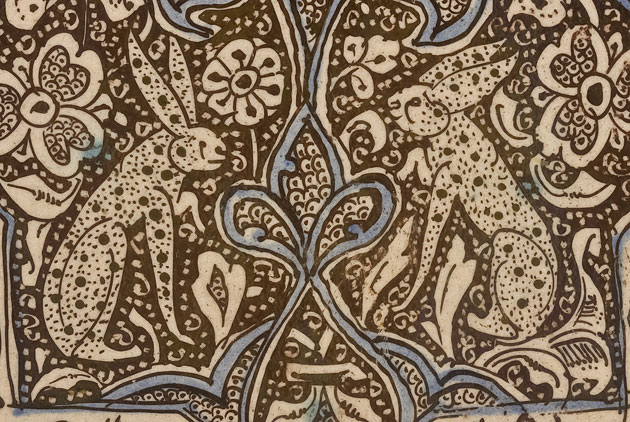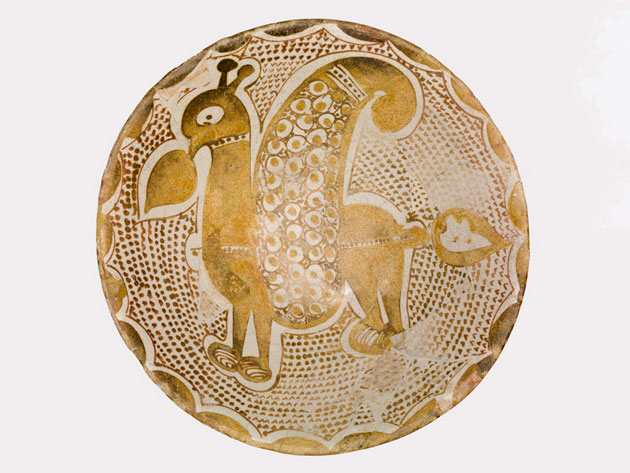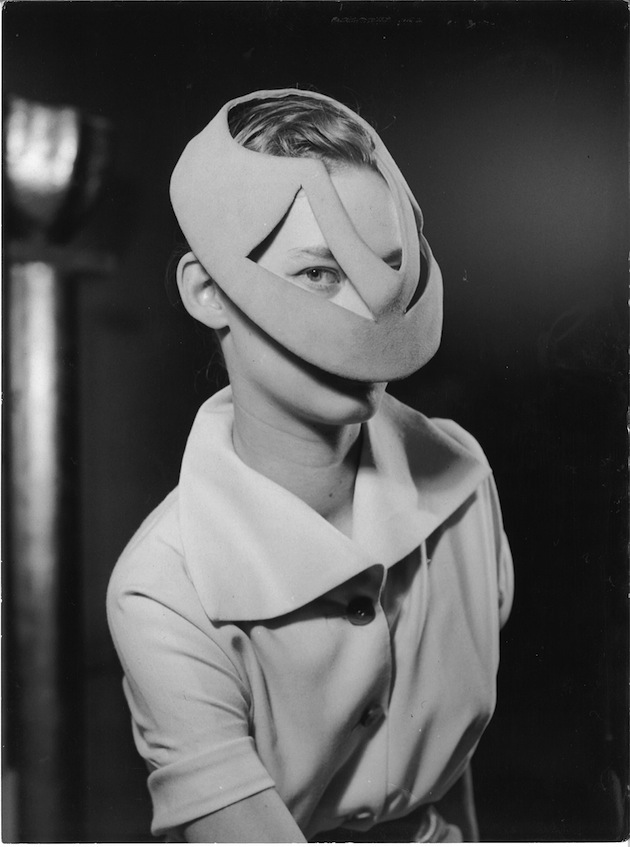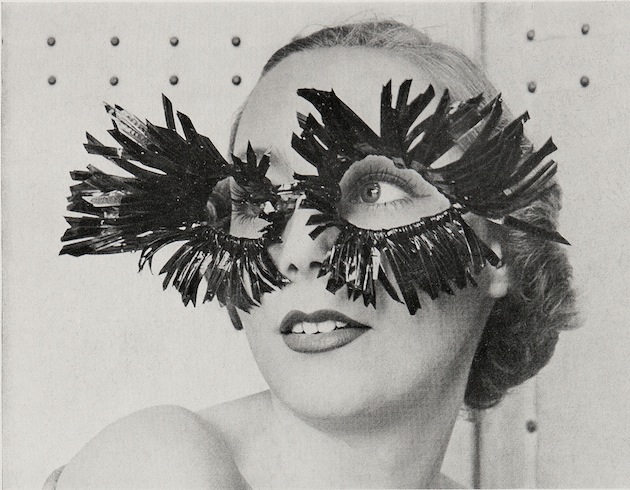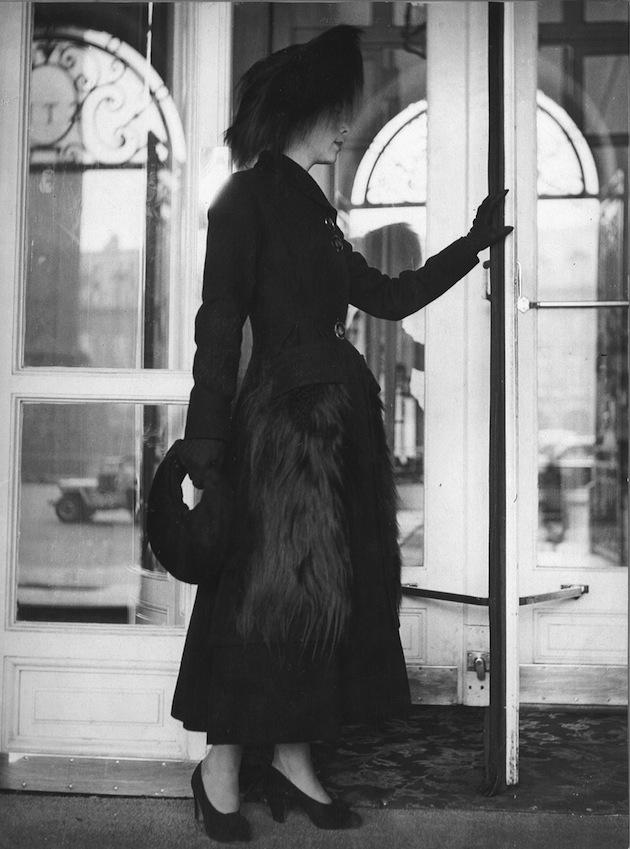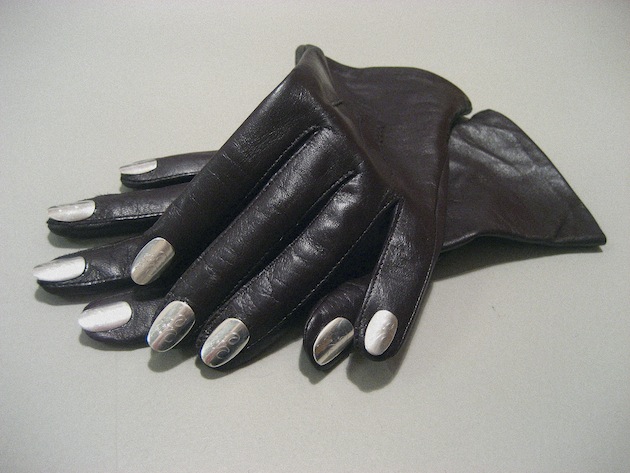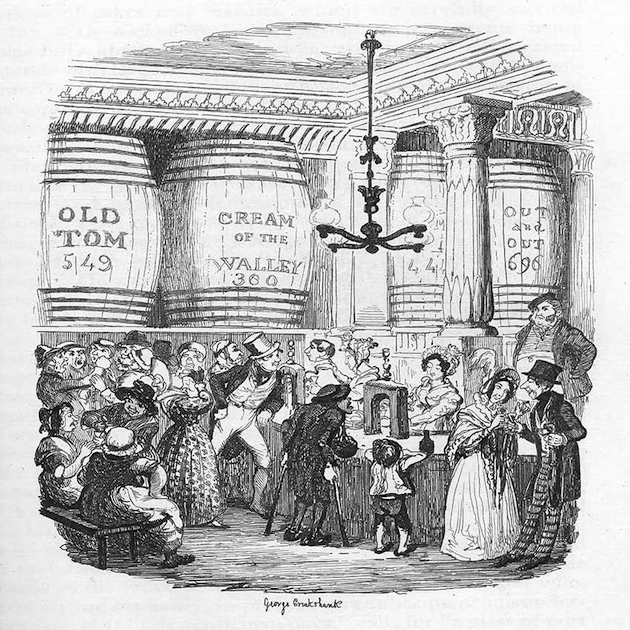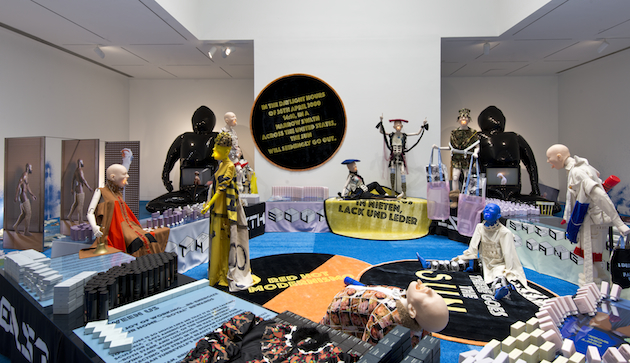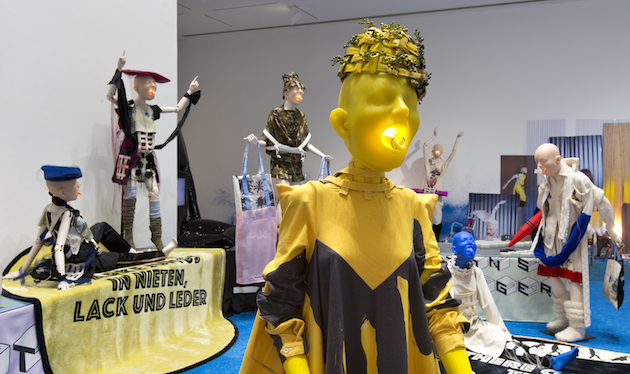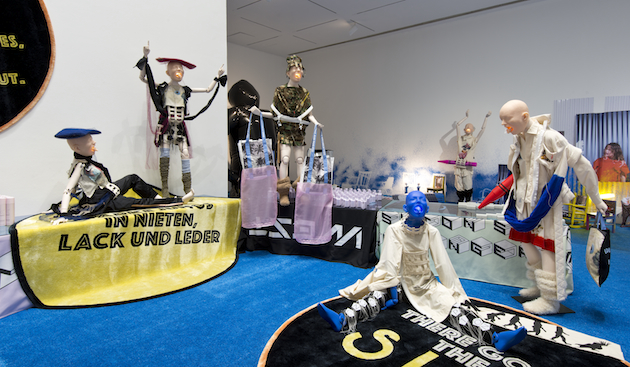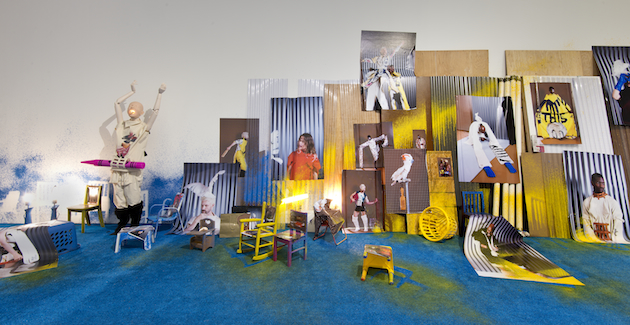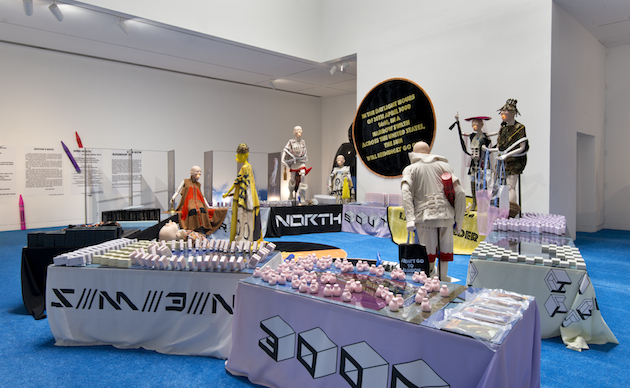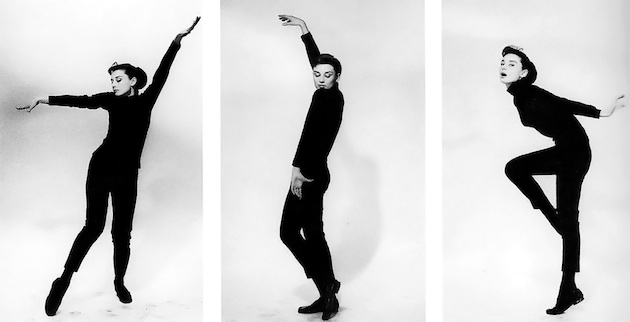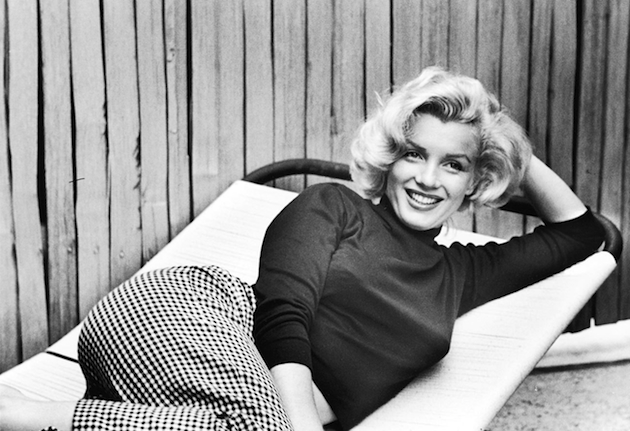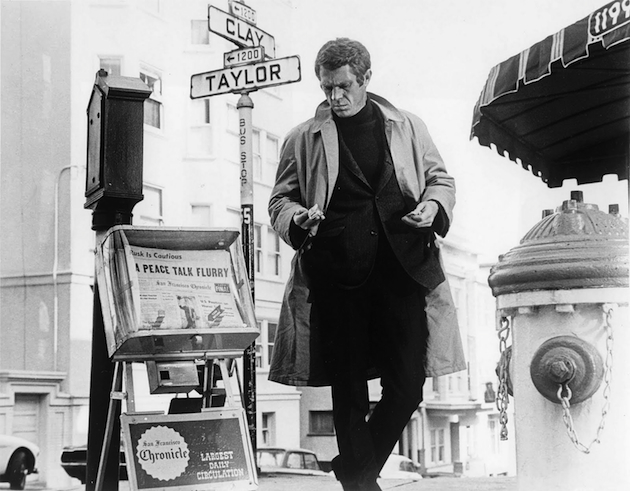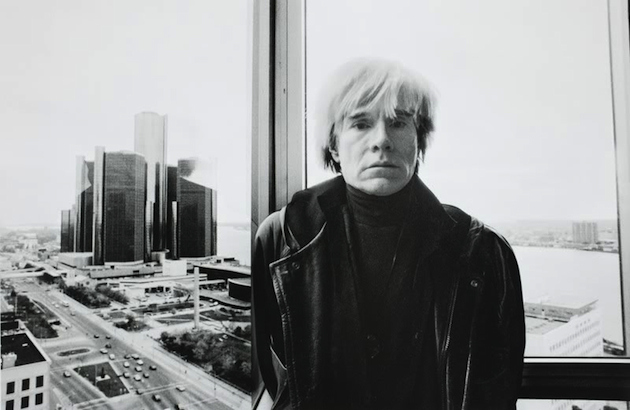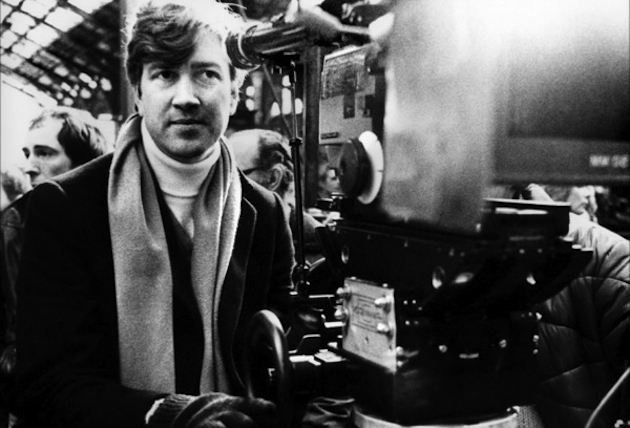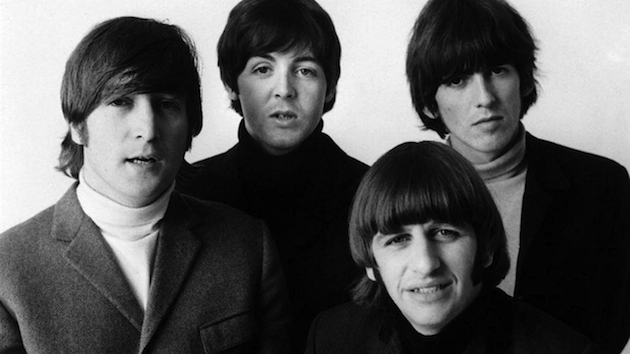As the frosty air lingers over the city that never sleeps, the fashion elite is running between fashion shows organized by New York’s finest brands. The metropolis for both streetwear and sportswear, the expectations set for New York’s runways were high. To follow are a couple of notable highlights.
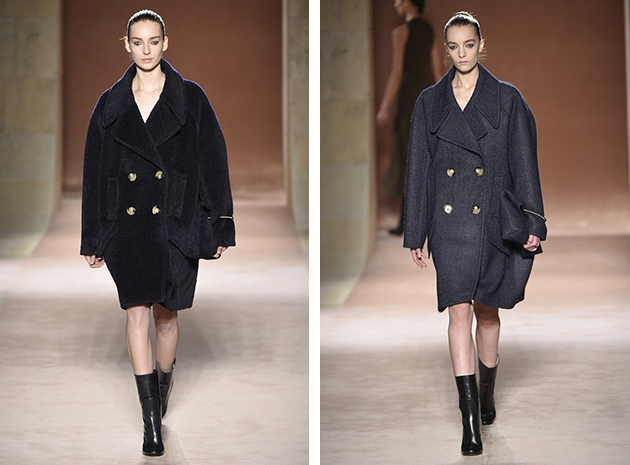
The Coat: During the autumn/winter shows, coats are, naturally, a recurring highlight down the runway. This season, Victoria Beckham made a minimally chic yet innocently sweet interpretation of the oversized coat. A light and dark version with fastening in the same colour and in the form of a small bow on the side worked perfectly within the piece.
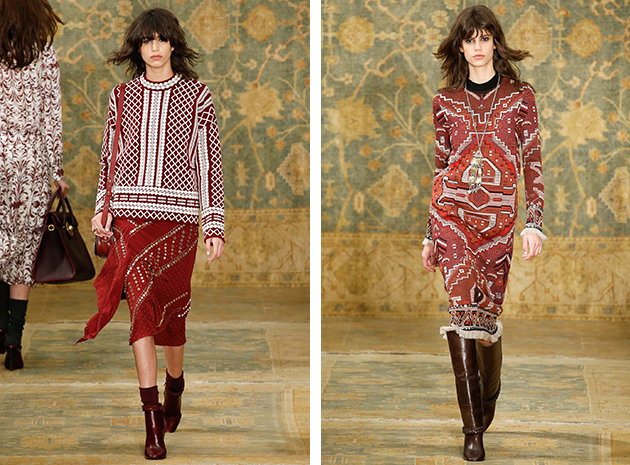
The Icon: Tory Burch seemed to be presenting a modern version of Joni Mitchell. With round sunglasses, bohemian patterns and many layers, it was a definite 1970s vixen who stomped to her own beat adorned with the Tory Burch stamp. It brought bohemian chic from summer into the fall season.
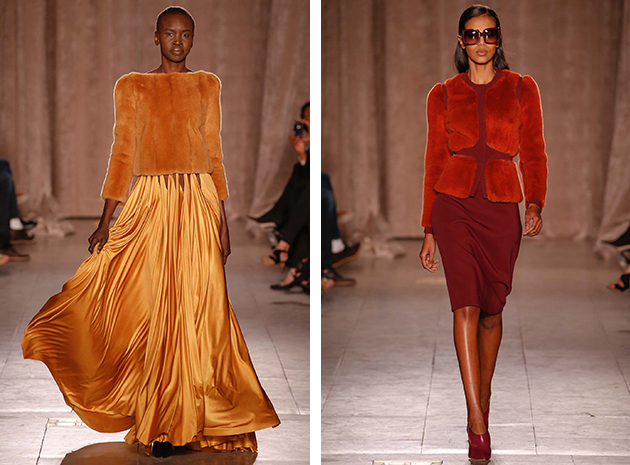
The Evening Dress: Who doesn’t want to be a urban princess? The desire was well understood by Zac Posen who presented glamorous two piece dresses with unexpected flair. A long flowy silk skirt paired with an unexpected top such as a faux fur long-sleeve shirt, in the same mustard colour, of course.
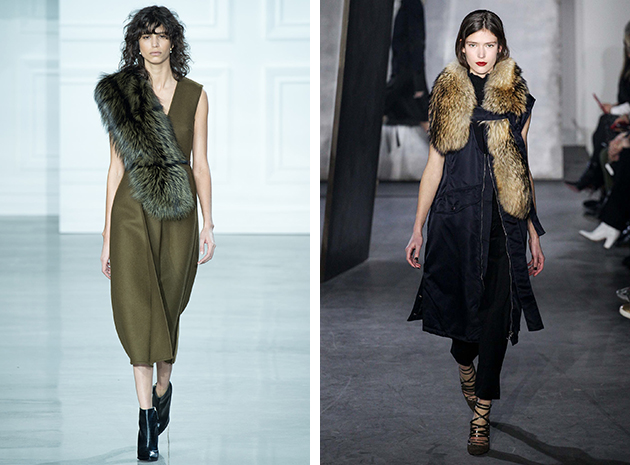
The Accessory: Oversized faux fur collar as seen at Altuzarra is the perfect winter accessory. This piece added another dimension to otherwise flat coats and jackets and can also be adapted to work in-between seasons for leather jackets. Another fur accessory making a splash was the fur scarf worn diagonally to supply an asymmetrical feel to otherwise symmetrical looks, showcased at both Jason Wu and 3.1 Phillip Lim.
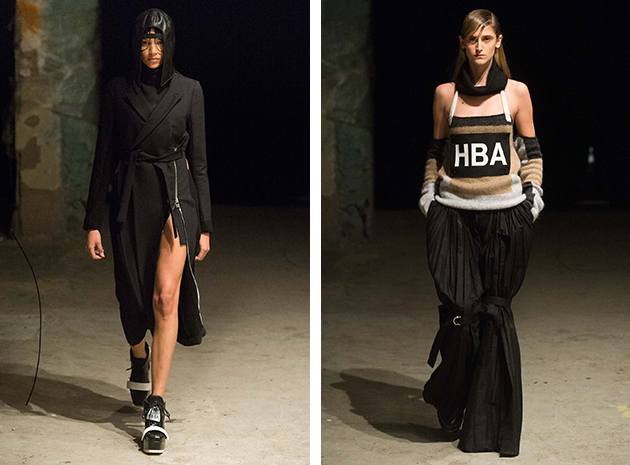
The Surprise: In the financial district, the brand Hood by Air presented a collection with a fresh take on street-wear. Both menswear and womenswear were presented, with cutouts, black colour, fur and oversized pants as the main ingredients used in unexpected ways, ultimately generating a powerful collection.
Victoria Edman